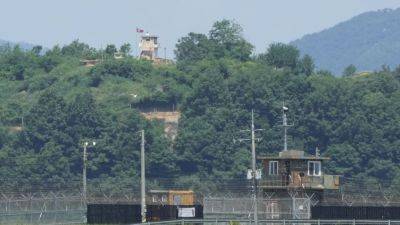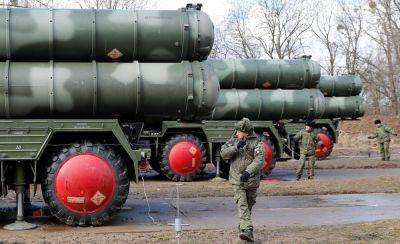Dit, dah, dit: Russia’s army still uses Morse code
Modern warfare is awash with cutting-edge technology – from AI to drones to hypersonic missiles – yet one technology that is more than a century old is still proving its worth: Morse code.
The staccato streams of tones that would be instantly recognizable to a railroad man from more than 150 years ago are still in use by the Russian military in the Ukraine war.
Even today, many people would be able to identify the characteristic sound of Morse code, in particular, the widely known pattern three short, three long, three short (… – – – …), forming the emergency signal SOS.
Today morse code messages are being sent from Russian bombers to their control centers, or from ships of the Baltic Fleet to their shore-based headquarters.
The shortwave bands used by amateur radio enthusiasts are similarly filled with the beeps known by enthusiasts as “dits” (.) and “dahs” (-), or as dots and dashes by the wider public. Even spies still tune in to the shortwave bands to listen to clandestine stations broadcasting Morse code.
Why then, is a technology created in the first half of the 1800s still in use today?
First, morse code was envisioned not by an engineer or technological wizard, but by a man who painted portraits for a living. Samuel Morse initially designed what we today would call a teleprinter, a device that receives and prints text on paper.
Morse enlisted the help of the more mechanically inclined Alfred Vail, a machinist, to work out the details. It was the latter who created the dots and dashes to represent the code, and came up with the idea of using sound to convey information.
Initially, the sound was merely intended to be used to test a connection. Before long, Morse and Vail realized that the concept of printing was







